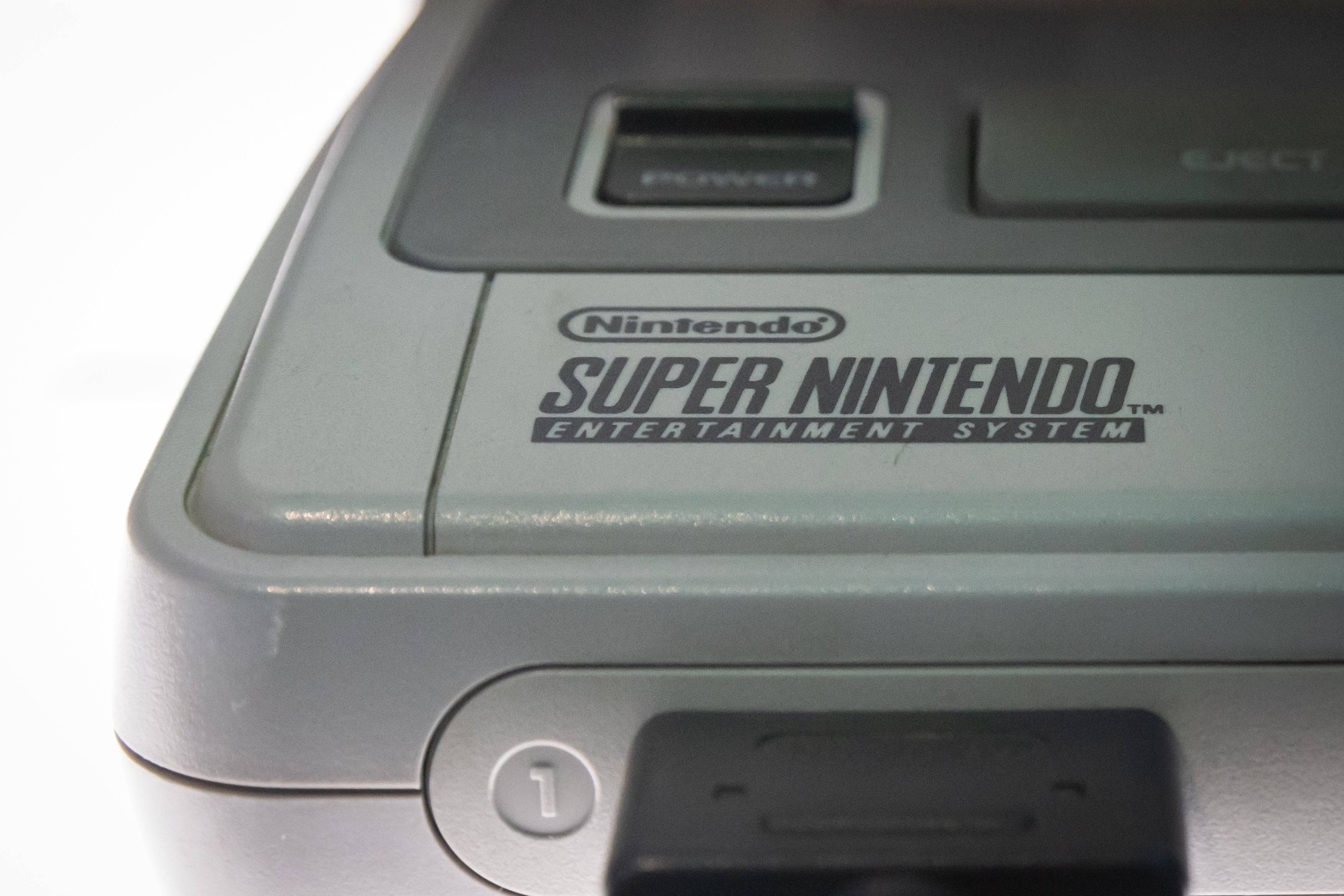The speedrunning community is buzzing with excitement and curiosity over a peculiar phenomenon that suggests the Super Nintendo Entertainment System (SNES) is running games faster as it ages. In early February, Alan Cecil, known on Bluesky as @tas.bot, sparked widespread interest by sharing that the SNES, sold in nearly 50 million units, might now perform better than it did fresh off the production lines in the 1990s. This theory challenges the conventional wisdom that electronic devices degrade over time, suggesting that iconic games like Super Mario World, Super Metroid, and Star Fox could be benefiting from this unexpected boost.
The notion that a console could improve its performance over time may sound far-fetched, but Cecil's research points to a specific component: the audio processing unit (APU) SPC700. According to an interview with 404 Media, Nintendo's official specs indicate that the SPC700 has a digital signal processing (DSP) rate of 32,000Hz, controlled by a ceramic resonator running at 24.576MHz. However, retro console enthusiasts have noticed that these figures don't always hold true, with recordings over the years showing variations in DSP rates influenced by factors like temperature.

Cecil's investigation took a significant turn when he asked SNES owners to contribute data on their consoles. The response was overwhelming, with over 140 submissions indicating a clear trend of increasing DSP rates. Previously recorded average DSP numbers from 2007 stood at 32,040Hz, but Cecil's recent data raises this average to 32,076Hz. While temperature does affect these rates, the changes are not substantial enough to explain the overall increase. In a follow-up Bluesky post, Cecil shared that, "Based on 143 responses, the SNES DSP rate averages 32,076Hz, rising 8Hz from cold to warm. Warm DSP rates go from 31,965 to 32,182Hz, a 217Hz range. Therefore, temperature is less significant. Why? How does it affect games? We do not know. Yet."
Despite these intriguing findings, Cecil acknowledges that further research is necessary to understand not only the extent of this speed increase but also its cause. Historical data from the console's early years is scarce, complicating the investigation. Nevertheless, as the SNES approaches its 35th anniversary, it appears to be aging remarkably well.
This phenomenon has stirred the speedrunning community, as an SPC700 that processes audio faster could theoretically shorten load times and impact game performance. If audio processing in 2025 is quicker than it was in 1990, it could challenge decades of leaderboard records. However, the impact on actual gameplay, such as a Super Mario World speedrun, is not straightforward. APU speeds do not directly translate to visual game speed, and even in the most extreme scenarios, the time saved would likely be less than a second.
The speedrunning community's research into this matter is still in its early stages, and while further experiments are conducted, the consensus is that players should not be overly concerned. As Cecil continues to unravel the mysteries of the SNES, the console marches confidently into its 30s, seemingly performing better than ever. For those interested in the SNES's legacy, you can explore its ranking on the list of best-selling consoles of all time.














